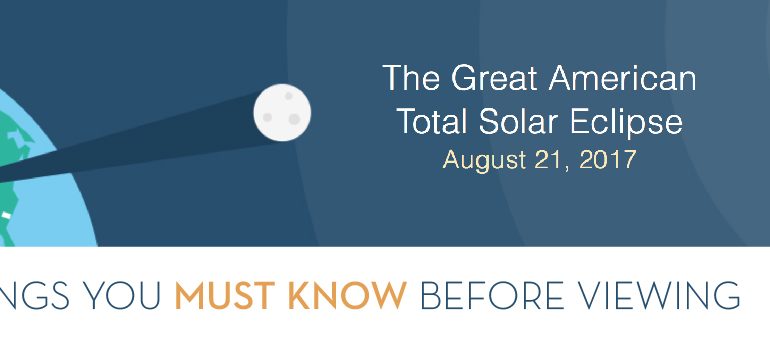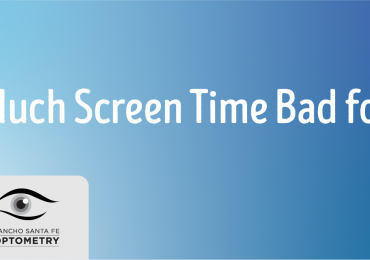I have vivid memories as a child going into my grandmothers drawer for her oversized magnifying glass. I’d take it outside with a piece of paper and make an image of the sun on the paper… very soon it would catch fire. This exemplifies the intense amount of radiation coming from the sun. As an optometrist who has seen damage from solar exposure, I want to make sure my patients take care of their retina and know everything they need to about the upcoming event. Looking directly into the sun for any amount of time will damage the eye. Normally, it causes pain when looking directly at the sun, but because it will be partially blocked, you won’t feel as much discomfort and may be tempted to gaze without knowing your retina is being damaged. Please read the following to insure that you have a fun, yet SAFE, eclipse experience.
Please read the following so you are prepared to safely view the eclipse:
- Always use special-purpose solar filters, such as “eclipse glasses” or hand-held solar viewers. Homemade filters or ordinary sunglasses, even very dark ones, are not safe for looking at the sun; they transmit thousands of times too much sunlight.
- Always supervise children using solar filters.
- Stand still and cover your eyes with your eclipse glasses or solar viewer before looking up at the bright sun. After looking at the sun, turn away and remove your filter — do not remove it while looking at the sun.
- Do not look at the uneclipsed or partially eclipsed sun through an unfiltered camera, telescope, binoculars, or other optical device with the naked eye OR your solar filter as it concentrates the rays and will damage the filter and enter your eye(s), causing serious injury.
- If you are within the path of totality (https://go.nasa.gov/2pC0lhe (link is external), remove your solar filter only when the moon completely covers the sun’s bright face and it suddenly gets quite dark. Experience totality, then, as soon as the bright sun begins to reappear, replace your solar viewer to look at the remaining partial phases.
- Outside the path of totality, you must always use a safe solar filter to view the sun directly.
- If you normally wear eyeglasses, keep them on. Put your eclipse glasses on over them, or hold your handheld viewer in front of them.

FAQ
When is the solar eclipse?
Monday August 21, 2017. In San Diego, viewing will start at 9:07am, peak at 10:23am and complete at 11:46am.
Can I view the eclipse with my personal sunglasses?
NO. Your lenses will not filter out enough of the harmful rays and you will permanently damage your retina.
How much will I see in San Diego?
About 50% of the sun will be blocked by the moon.
How can I safely watch the solar eclipse?
- Through ISO certified filters. (https://eclipse.aas.org/resources/solar-filters)
- Through a welding helmet with a shade 14 filter.
- Through a pin hole camera. (https://www.jpl.nasa.gov/edu/learn/project/how-to-make-a-pinhole-camera/)
Please have a fun, safe time enjoying this amazing event in nature!
– Dr. Christensen
Sources: https://www.timeanddate.com/eclipse/map/2017-august-21?n=770 / https://eclipse2017.nasa.gov/safety
At Rancho Santa Fe Optometry we offer comprehensive eye examinations for all ages. With a focus on children’s vision and vision therapy, our doctors test for visual acuity, visual efficiency skills and visual information processing starting in early infancy. The practice also provides diagnosis, treatment and management of diseases that affect the human eye and visual system, including dry eye syndrome, diabetic retinopathy, cataracts, macular degeneration and keratoconus.


